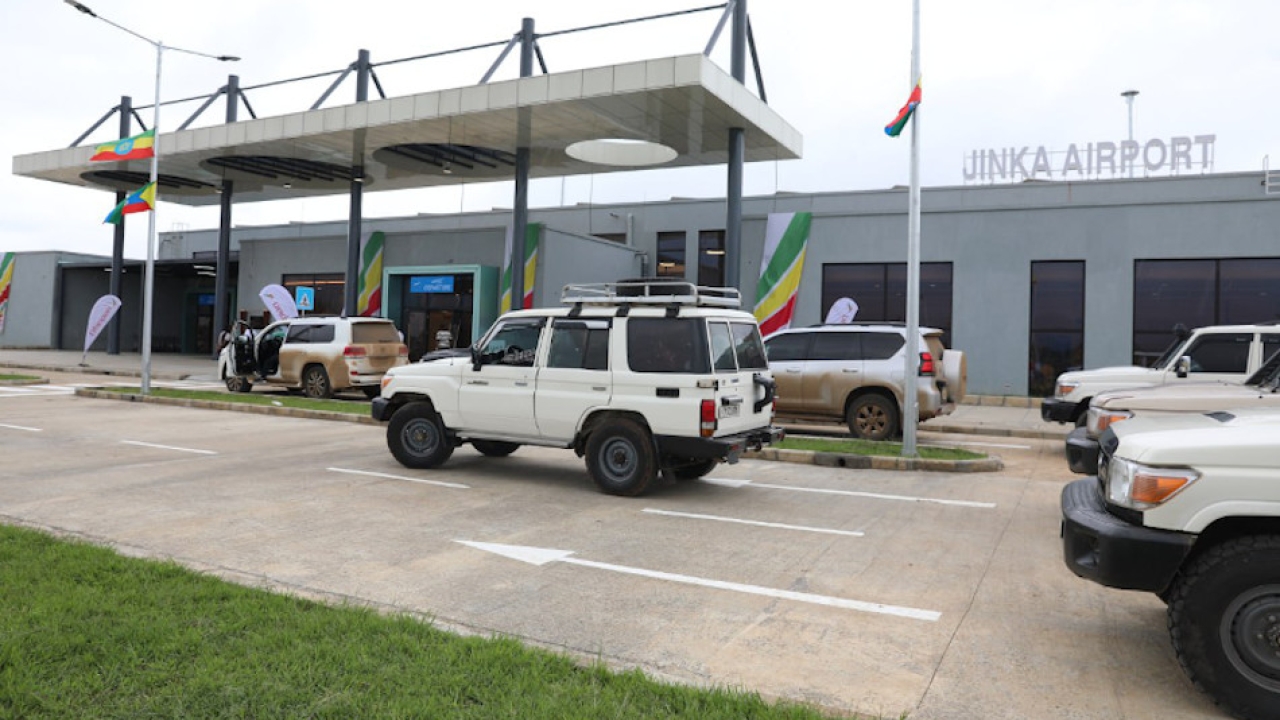As airports improve, Kenya ponders the oversight problem
Airport improvements are being completed throughout Kenya. However, as Githae Mwaniki explains, there are still worries over the country's oversight regulation policy.

The Kenyan aviation industry serves as a hub for east Africa, mainly due to Nairobi’s central location.
Airport improvements are taking place throughout Kenya, yet the country’s aviation policy has still come under fire from some critics.
Two agencies oversee industry operations – the Kenya Airports Authority (KAA) and the Kenya Civil Aviation Authority (KCAA). The KAA is responsible for managing all airports and airstrips, while the KCAA is the industry regulator. Its board of directors is appointed by the cabinet secretary for transport and infrastructure. Its chairman is a presidential appointee.
It manages Jomo Kenyatta International Airport (JKIA) in Nairobi, Moi International Airport in Mombasa, Kisumu International Airport, Eldoret International Airport, Wilson Airport, Lokichoggio Airport, Malindi Airport, Wajir Airport and the Manda and Ukunda airstrips.
Now, however, an act of parliament is being amended to reform its corporate governance structure.
The new Bill significantly amends how the board is appointed and its role in governance. It also reviews the authority’s management terms of safety, security, land and environment management.
However, the major policy challenge that some people are concerned about is that the KAA is framed in law as an authority. According to some, this implies that is has regulatory functions, as opposed to International Civil Aviation Organization (ICAO) recommended best practice that it should be constituted as a service provider to be regulated by the CAA to ensure it meets accepted international standards, with a clear mechanism to address deficiencies in service provision.
The KCAA is considered by many to be grossly underfunded for its regulatory function and a further complication is that, due to a potential weakness in the law, it lacks full regulatory oversight of Kenya’s airports.
The financial status of the KAA also provides a further challenge for effective regulation as it collects parking and landing fees, in addition to other concessions and rates from land. It operates on a budget that is in excess of $120 million and is profitable. In contrast, the KCAA has the role of regulating the industry and providing air navigation services, but it runs on a budget of just $30-40 million, with the majority of its income coming from the air navigation department. However, it has an operational deficit that compels it to seek development partners to implement some its key programmes, including various air navigation, infrastructure and personnel initiatives.
Key stakeholders have recommended adoption of best practice by separating service provision and regulation. If this were implemented, the KAA would be restructured as a service provider by amending the law to turn it into a public company that could allow for partial private equity to be used to raise additional capital for infrastructure projects.
The current situation, where the KAA seeks loans from various development partners to finance key infrastructure projects, was highlighted when the proposed $560 million JKIA Greenfield Terminal, planned to increase the airport’s capacity to 20 million passengers, was recently cancelled due to financial constraints.
However, JKIA is currently in a much-improved state. The construction and commissioning of terminal 2, terminal 1A and 1E has increased airport capacity by 2.5 million passengers to a total of 7.5 million passengers per annum, compared to the current annual demand of the 6.5 million.
Further modernisation to terminals 1B, C and D is expected to increase the overall capacity to 10.5 million.
The runway has also been resurfaced, additional runway exits constructed, and extension of the parallel taxiway and enhancement of the airfield ground lighting took place. The work took 12 months.
KAA has now engaged a consultant to design the second runway, after which it is expected to seek funding for construction.
Elsewhere in Kenya, other airports have also been improved.
Kisumu International Airport’s upgrade was completed in 2012, with an expansion of the runway to 3,200 metres and a new terminal building.
Moi International Airport received repairs to its airside pavements, including airfield ground lighting and upgrading of the power and water supply.
Malindi Airport was recently upgraded with the construction of a new passenger terminal; Wajir Airport was handed over to KAA by the military to be used a civilian airport; Ukunda Airstrip is currently being upgraded to extend the runway length from 1,100 metres to 2000 metres; and there are plans to extend Malindi Airport’s runway from 1,500 metres to 2,500 metres.
The Manda Airstrip in Lamu has a new terminal building and its runway was extended from 1,000 metres to 2,000 metres. Lokichoggio Airport is also currently receiving an upgrade of its runway.
Eldoret Airport’s infrastructure, in terms of airport terminal and runway length, meets its demand, and it is increasing cargo traffic, in addition to receiving more passenger airlines.
Wilson Airport’s improvement masterplan was recently approved by the board of directors and will feature construction of a new passenger terminal, control tower and apron expansion. However, an implementation plan to develop the masterplan is yet to be confirmed.
Stay up to date
Subscribe to the free Times Aerospace newsletter and receive the latest content every week. We'll never share your email address.

